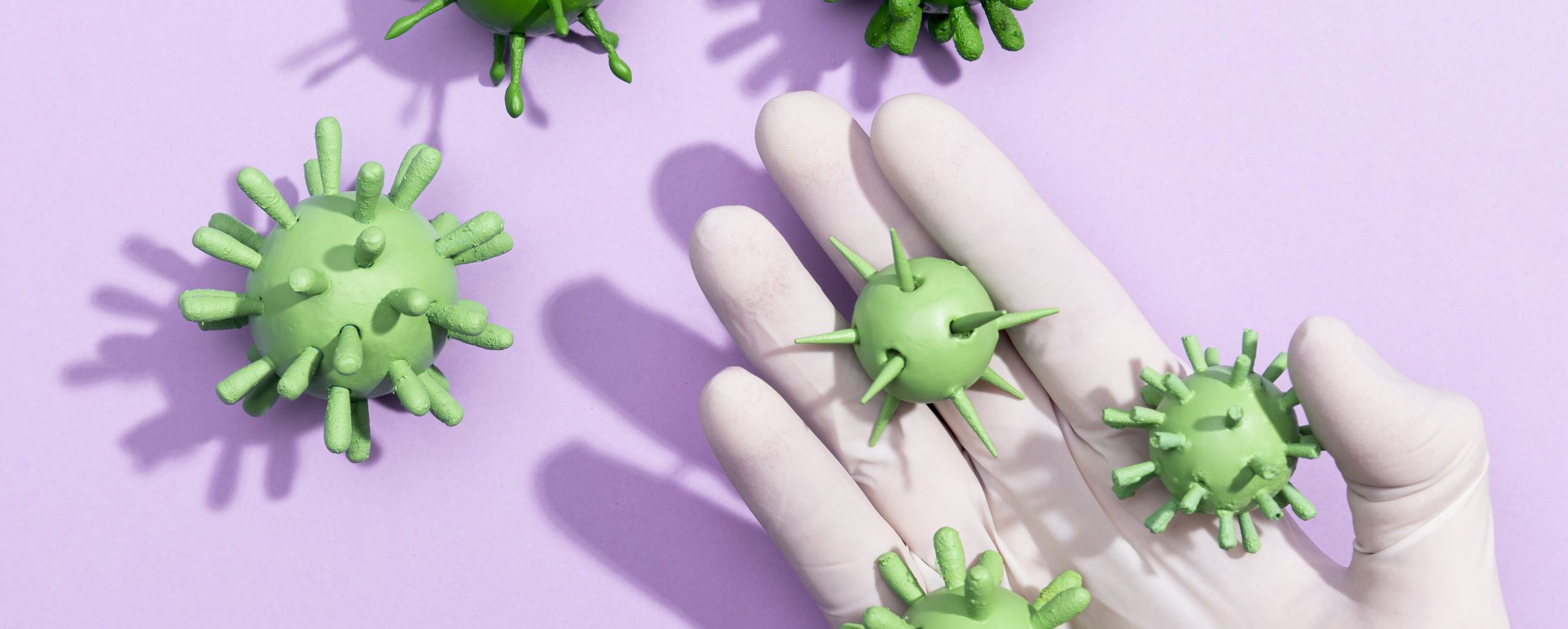In healthcare settings, cross-contamination can have serious consequences, leading to healthcare-associated infections (HAIs) that can prolong hospital stays, increase treatment costs, and even result in death. Identifying the common ways cross-contamination occurs is the first step toward fortifying the defenses of our healthcare settings.
Common Ways Cross-contamination Happens
Improper Hand Hygiene: Healthcare workers and staff may fail to practice proper hand hygiene, such as handwashing and using hand sanitizers. Contaminated hands can transfer infectious agents from one patient or surface to another.
Inadequate Cleaning and Disinfection: Surfaces, medical equipment, and instruments may not be cleaned and disinfected thoroughly or as frequently as needed, which can allow residual pathogens to persist and contaminate subsequent patients or staff.
Inadequate PPE Use: Failure to use appropriate personal protective equipment (PPE), such as gloves and masks, or incorrect use of PPE can lead to contamination when handling patients or performing procedures.
Improper Waste Handling: Medical waste, including sharps, used gloves, and contaminated materials, may not be disposed of in a way that prevents cross-contamination within healthcare facilities.
Patient Movements and Contact: Patients moving between different areas of a healthcare facility, contact with contaminated surfaces, or interactions with other patients and healthcare workers can facilitate the transfer of infectious agents from one patient to another.
Contamination Control Methods
Hand Hygiene: Vigorous handwashing and hand sanitization are fundamental for preventing contamination.
Proper PPE Use: Consistent use of personal protective equipment, like gloves and masks, minimizes the risk of infection.
Effective Cleaning and Disinfection: Regular and thorough cleaning of surfaces and equipment is crucial for preventing cross-contamination.
Sterilization of Instruments: Proper sterilization protocols ensure that medical instruments are free from infectious agents.
Patient Isolation: Isolating contagious patients and following isolation protocols helps prevent the spread of infections in a healthcare facility.
Cross-contamination is a serious threat to patient safety in healthcare settings. However, by following these best practices, healthcare workers and staff can help to prevent cross-contamination and protect patients from harm.


